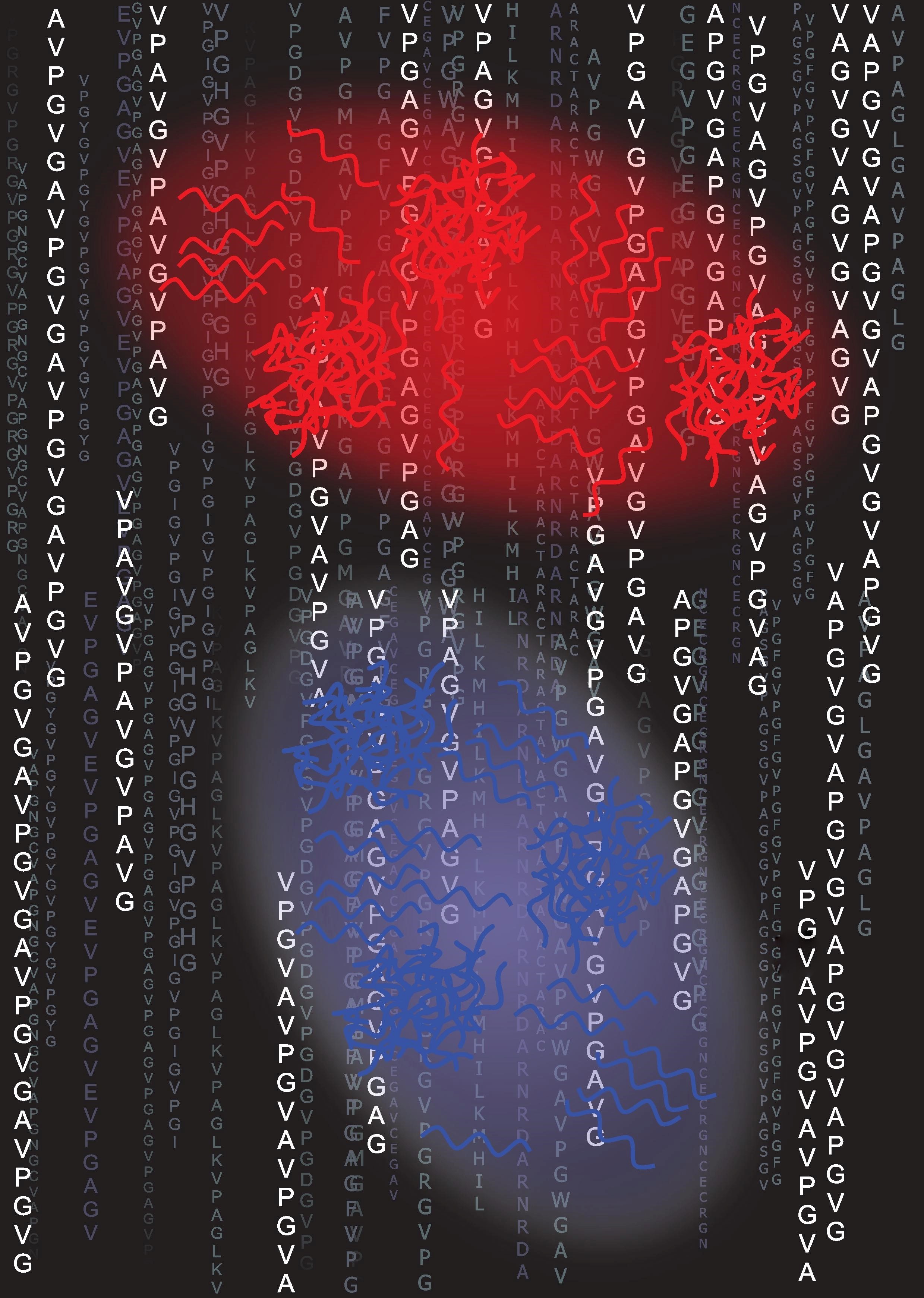Proteins accomplish some of the most complex biological mechanisms in the human body. They form the basis of the immune system. They are responsible for muscle contraction. They allow for gene expression. Now, scientists aim to create a new class of proteins for targeted drug delivery.
Drugs are ineffective unless they reach a specific target in the human body — for neural disorders such as Alzheimer’s disease, this means crossing the highly impermeable blood brain barrier, a protective layer of capillaries that surrounds the brain and keeps most foreign particles out. Proteins are already being employed as vehicles for drug delivery. But to properly transport drugs to the brain, proteins must be carefully and specifically engineered. Two researchers — Felipe García Quiroz of Rockefeller University and Ashutosh Chilkoti of Duke University — have taken critical steps forward in designing these delivery service proteins by illuminating phase shifts, or events when proteins change from water soluble to water insoluble.
These shifts in solubility are important in crossing the blood brain barrier. Proteins are essentially long chains of amino acid molecules, so it might seem that scientists need only combine amino acids to produce an efficient protein. Unfortunately, the tendency of amino acid chains to fold makes designing effective proteins more difficult. Amino acids undergo chemical interactions and form a 3D protein structure. This structure may be soluble or insoluble and can transition between these two phases depending on surrounding conditions. It is a complex task to determine the rules that govern these phase shifts.
Quiroz and Chilkoti have built a library of proteins that undergo reversible phase transitions, and have figured out which amino acid sequences are most likely to induce shifts in protein shape and solubility. “A combination of approaches allowed us to shine light into how proteins encode phase behavior in their amino acid sequence,” Quiroz said. Armed with this knowledge, biomedical engineers might now design proteins to exhibit certain phase shifts that allow them to cross the blood brain barrier — and to bring important drugs along for the ride.
“We have provided proof-of-principle that drug-like materials can be designed to exhibit smart behavior to modulate their activity,” Quiroz said. He hopes that this research fuels the next wave of creative work on smart materials for drug delivery.
Cover Image: Image courtesy of Felipe García Quiroz and Ashutosh Chilkoti.

